A week of special celebrations
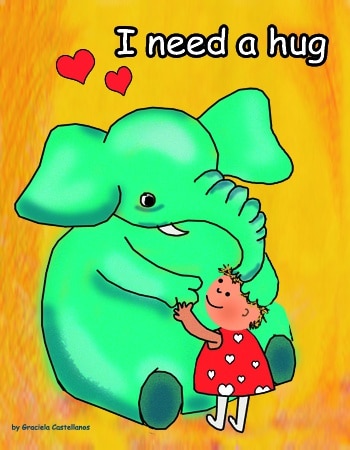
It’s a week of special celebrations for families from different parts of the world. Take note of the special days we are about to celebrate! Monday the 8th is Chinese New Year Day Chinese people celebrate the New Year. 2016 is the Year of the Monkey in their calendar. They believe what they do on […]
Why a written curriculum?
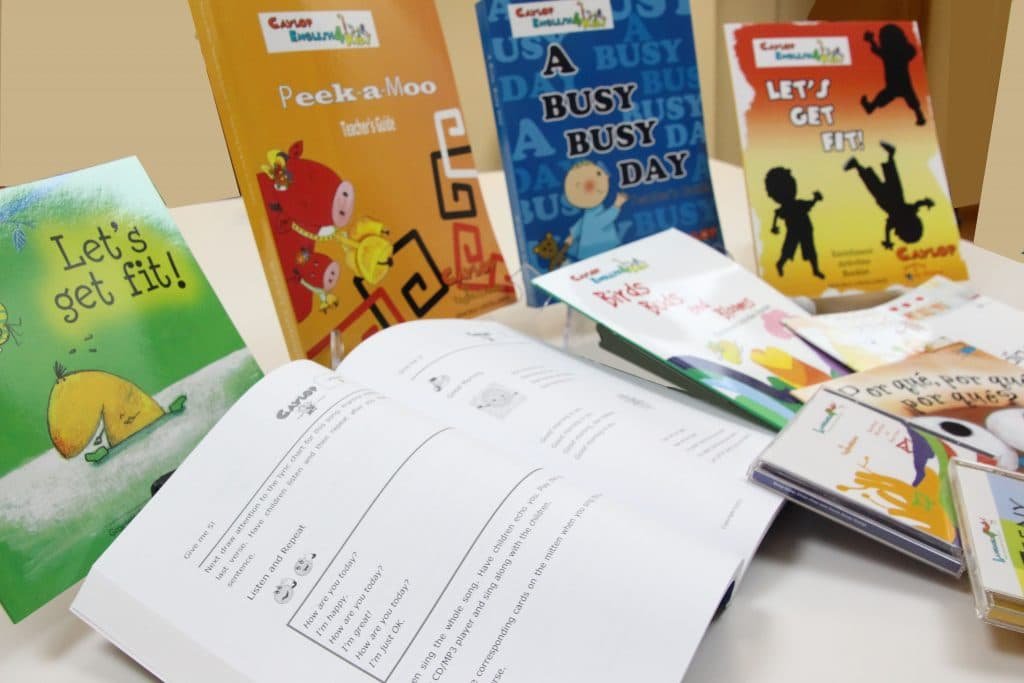
Writing a good curriculum can take many, many hours of dedication, months and even years! And we all agree the curriculum is the most important piece of a program, especially if you want to deliver quality and consistency. All Languages4kidz materials have been written with moms, university students and new language teachers in mind. They […]
Times of Multicultural Holiday Celebrations
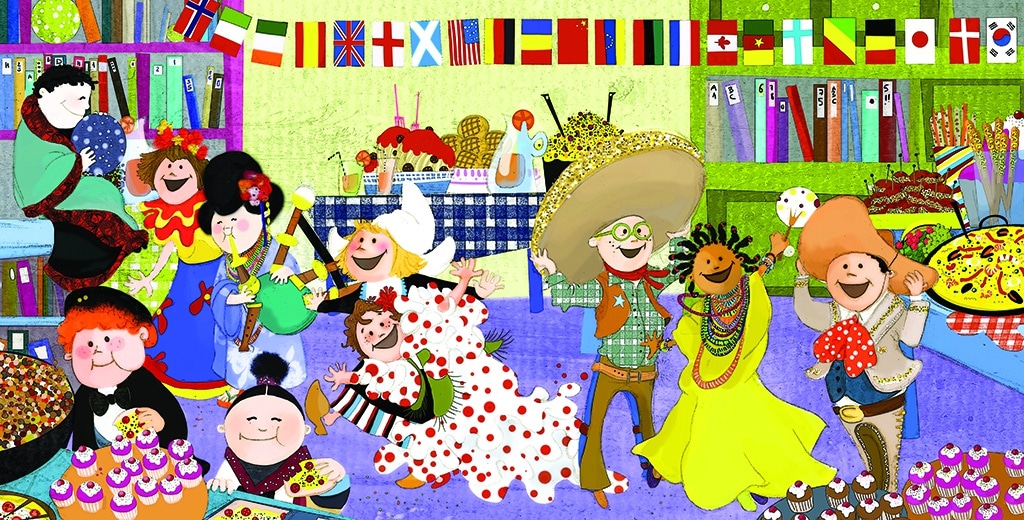
Let’s celebrate or multicultural traditions… We are almost at the end of November and we can see people everywhere getting ready to celebrate the Holidays. There is a magic flare that surrounds our homes and brings joy to many in different parts of the world. Everyone seems focused on family traditions and “fiestas”. Next week […]
Celebracion del Dia Internacional / International Day celebration
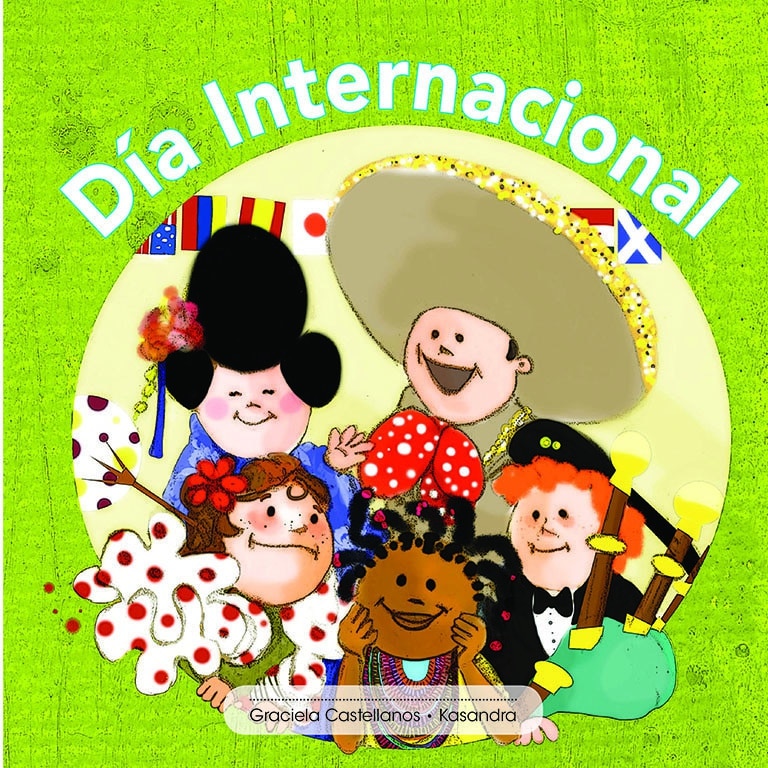
Celebrating International Day was one of my favorite traditions at the schools I used to work for. It was a special day where students celebrated their different cultures by introducing food, customs, music, dance and many other elements from their culture or country of origin. Below are a few photos of this celebration in schools […]
Singing in class
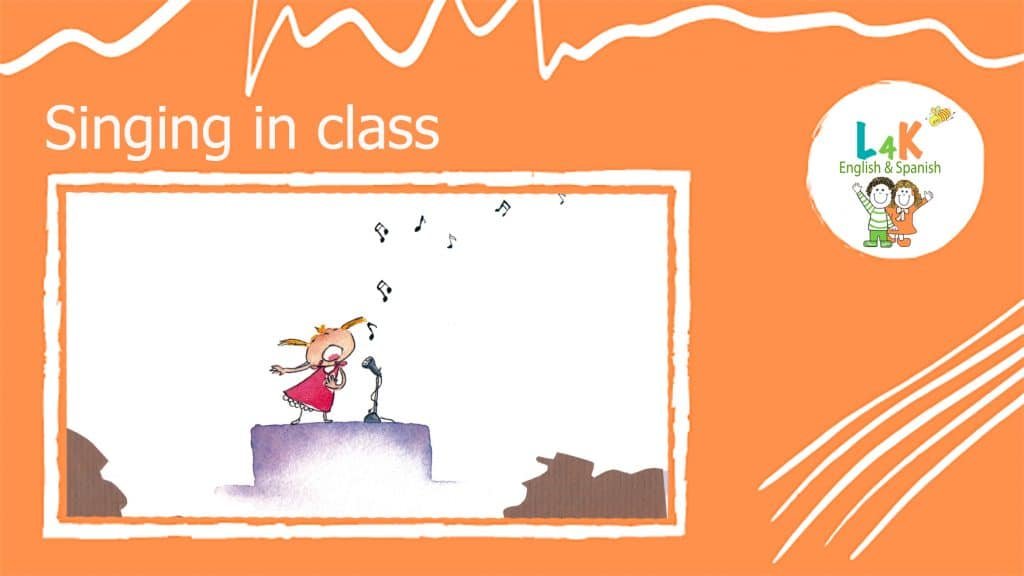
I am one of those bilingual teachers that love singing. It brightens my day and brings joy to the children and parents around me. Here is a video of some songs I demonstrated to teachers while in a training session in China. Through songs, little ones can explore new thematic units in context, learn and […]
Funny and healthy recipes
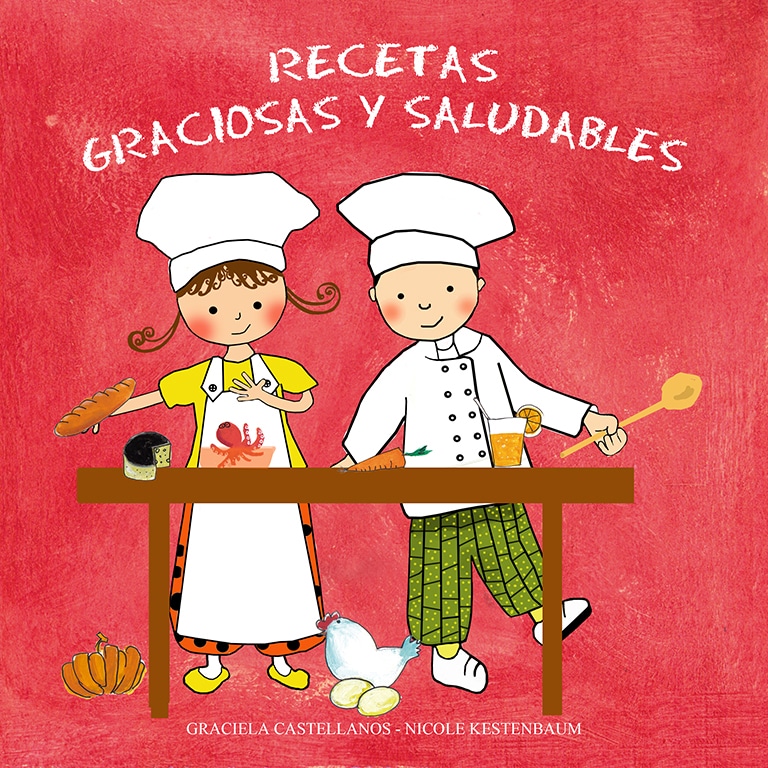
Watch the trailer of our new story in Spanish! Funny and healthy recipes for the little ones. A children’s book that will amuse them and help them to increase and practice their vocabulary. https://www.youtube.com/channel/UCcUI4epiUX5w-jL9Kt2USQw
Happy father’s day!

Happy Father’s Day to all!!! Feliz día del Padre para todos!!! Father’s Day is celebrated worldwide to recognize the contribution that fathers and male figures make to the lives of children. Although it is celebrated on a variety of dates worldwide, many countries observe this day on the third Sunday in June. Among these countries […]
Let’s celebrate!
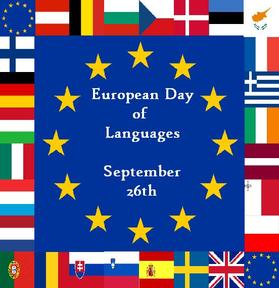
Today we celebrate the European Day of Languages. Our planet has over 7 billion people who speak between 6 000 and 7 000 different languages. A few languages are spoken by hundreds of millions of speakers, such as English or Chinese, but most are spoken by only a few thousand, or just a handful of […]
Welcome Spring!

A creative idea and a song for SPRING! Spring song: Do you see a sign of spring, (point at your eyes) A sign of spring, a sign of spring? Do you see a sign of spring? Tell us what you see. I can see the sun that shines, (open and shut fingers) The sun that […]
Happy St. Patricks day

St. Patrick’s Day is celebrated by the Irish, as well as many other Americans with the wearing of green, songs, dances, parties, and parades. People wear something green and if not they are pinched. There are many symbols to this holiday, although children tend to associate the color green, shamrock and leprechauns with this celebration. […]
TESOL Convention

This past weekend I attended the 37th Annual TESOL convention in Madrid. It was a long and intense weekend filled with great presentations, workshops, a publishers’ exhibition, and opportunities to share and talk with other teachers from different places. I found myself taking notes on the latest trends in teaching English to very young learners […]
Salon del Libro Infantil de Madrid
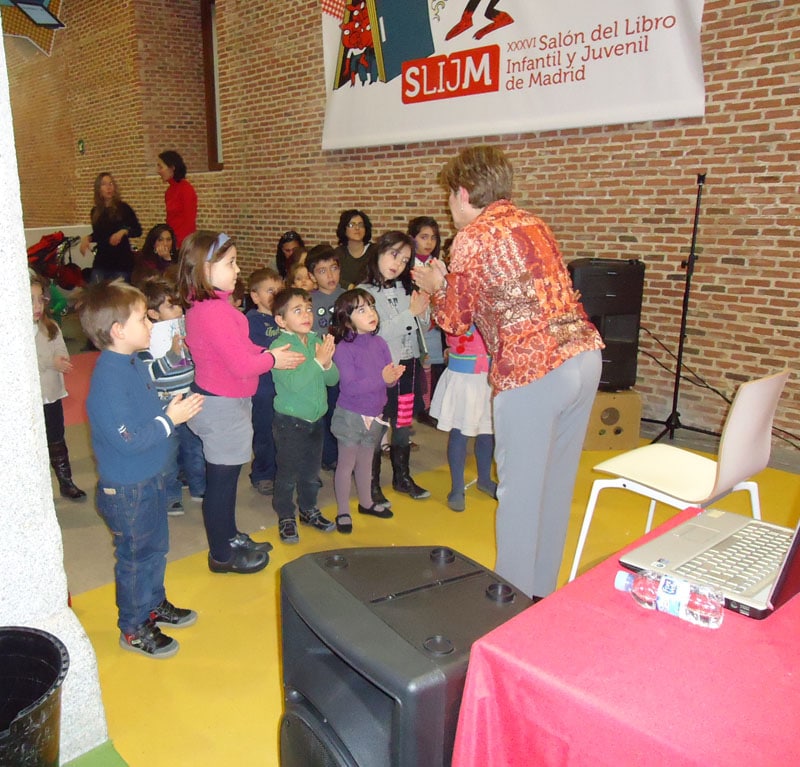
Last January 4th I participated in the Salón del Libro Infantil y Juvenil de Madrid. This was a marvelous event that congregated authors of children’s Books from many different parts of the world. I enjoyed reading to the little ones some of my books and singing some of the songs related to the themes in […]
